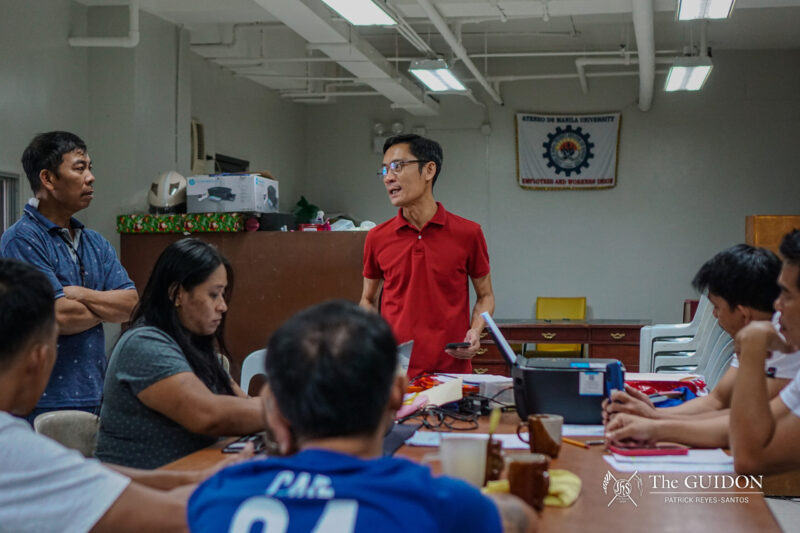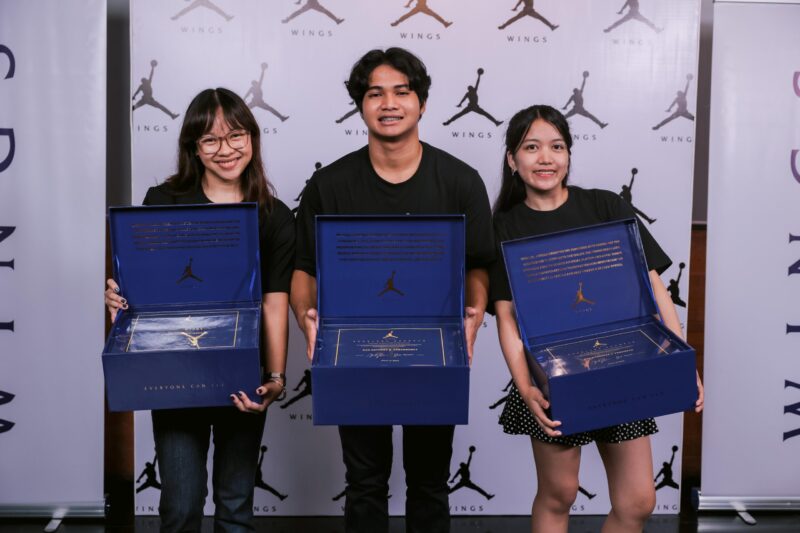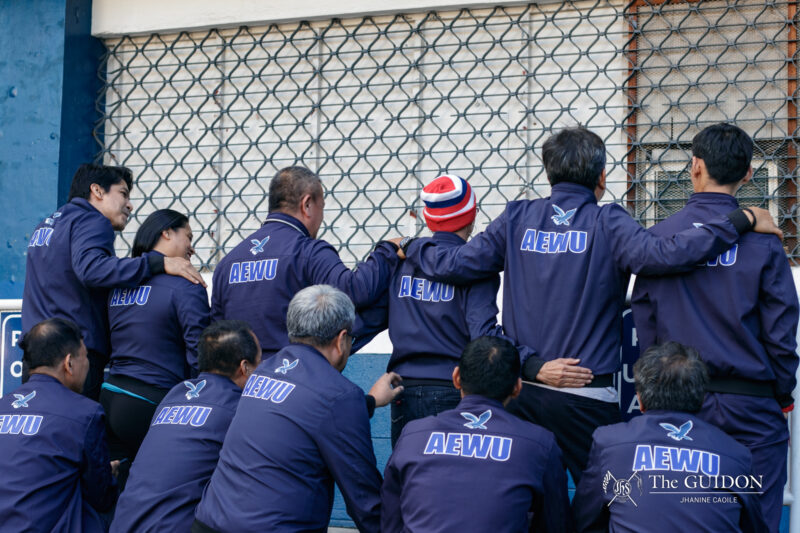A UNIVERSITY-WIDE survey conducted by the Sanggunian revealed that the top four demands of students are the following: the repair of parking spaces, the repair of walkways, the addition of covered walkways and the expansion of the Gonzaga Cafeteria.
“As always, these are the same results we get from the previous years, but now we have more specific results like the locations of the parking spaces and walkways that need repairs,” said Sanggunian Finance Officer Billie Dumaliang.
She added that the last two demands were stricken off because the administration said that they were not priority.
The addition of covered walkways is not part of the long-term plans of University President Jose Ramon Villarin, SJ, because it is only a concern when it rains. As for the fourth demand, the JSEC just expanded so it is impractical to do the same for the cafeteria, Dumaliang said.
She mentioned, however, that Vice President for the Loyola Schools John Paul Vergara said that even if these items have been stricken off, he is still considering them.
Meanwhile, Sanggunian President Gio Alejo said that they are still lobbying to the administration that these concerns be the top priorities in the budget deliberations that have started in August.
Dumaliang and Budget Committee Representative Joben Odulio also presented a report about the results and proposals to the Facilities Management Office (FMO), Office of Administrative Services and the program leaders of the four schools.
“This survey will help the deans and the directors to finalize their own budget proposals,” Dumaliang said. “They’ll have data, back-ups and justifications on why these things need to be done.”
The survey was disseminated online and had about 440 respondents, including block and course representatives.
Admin’s reaction and plans
The FMO has already started making parking spaces “more convenient, flat and smoother.” Potholes in the Northwest parking and the Cornfield are already filled up, and stoppers and lines have been placed to maximize parking spaces. The improvements are expected to be finished by the end of the second semester.
Dumaliang said that potholes and space are the main problems in parking. “The suspension of the cars gets broken and potholes become puddles when it rains. Also, by placing lines, it will help students know where to park and not take more than what they need, resulting to equal space.”
The construction of pathways, which is included in the comprehensive sidewalk project being pursued by the Ateneo Traffic Group, can already be seen in the Bellarmine field.
Included in the project is the improved lighting along main roads and pathways that cut across thickets. In particular, these are the road from the Ateneo High School to Bellarmine Hall and the pathway near the John Gokongwei School of Management.
The FMO is also preparing a project—to take effect by September or October—where portions of the Red Brick Road will be elevated, so students can have a clear path free from puddles whenever it rains.
Other proposed plans of action are the following: the expansion of the roof of the drop-off area in Gonzaga, the expansion of the Doghouse for events, the creation of bike parking lots and lanes, the increase of Wi-Fi coverage and the addition of vending machines, printing and photocopying stations. As of press time, these proposals are still being evaluated by the administration.
Credibility and sustainability
Asked to contrast the survey done this year with that of last year, Odulio said that previously, they were not able to consult with the Department of Research and Statistics (DRS) of the Sanggunian, so last year’s survey was weaker.
Dumaliang agreed, saying that only the block and course representatives, amounting to around 100, were asked to answer. Alejo said that only a manual filling out of forms was done.
“This year, it’s more extensive because we employed better statistical methods care of the [DRS]. We have a bigger sample and we ensured representation by not limiting it to the [representatives],” Dumaliang said.
According to the paper submitted to the administration this year, the number of respondents was enough to give the Sanggunian a 95% confidence level with a 5% margin of error.
“Based on the results, the answers themselves were very informative, which means that the students are more willing to share their opinion, so I hope they won’t be wasted for nothing,” Dumaliang said in a mix of English and Filipino.
Follow-throughs would be carried out to see if the approved proposals are heeded, through regular budget hearings and oculars.
“Last year, we did not ask how or when the improvements will be made after presenting our results so it was not brought up again until [the Magtanong sa VP at mga Dekano event],” Odulio said.
Dumaliang said, “The efforts on the improvements must be well-documented and well-transitioned to the next officers, because the other changes will be seen next year, and to see if the administration has indeed been listening to us.”






